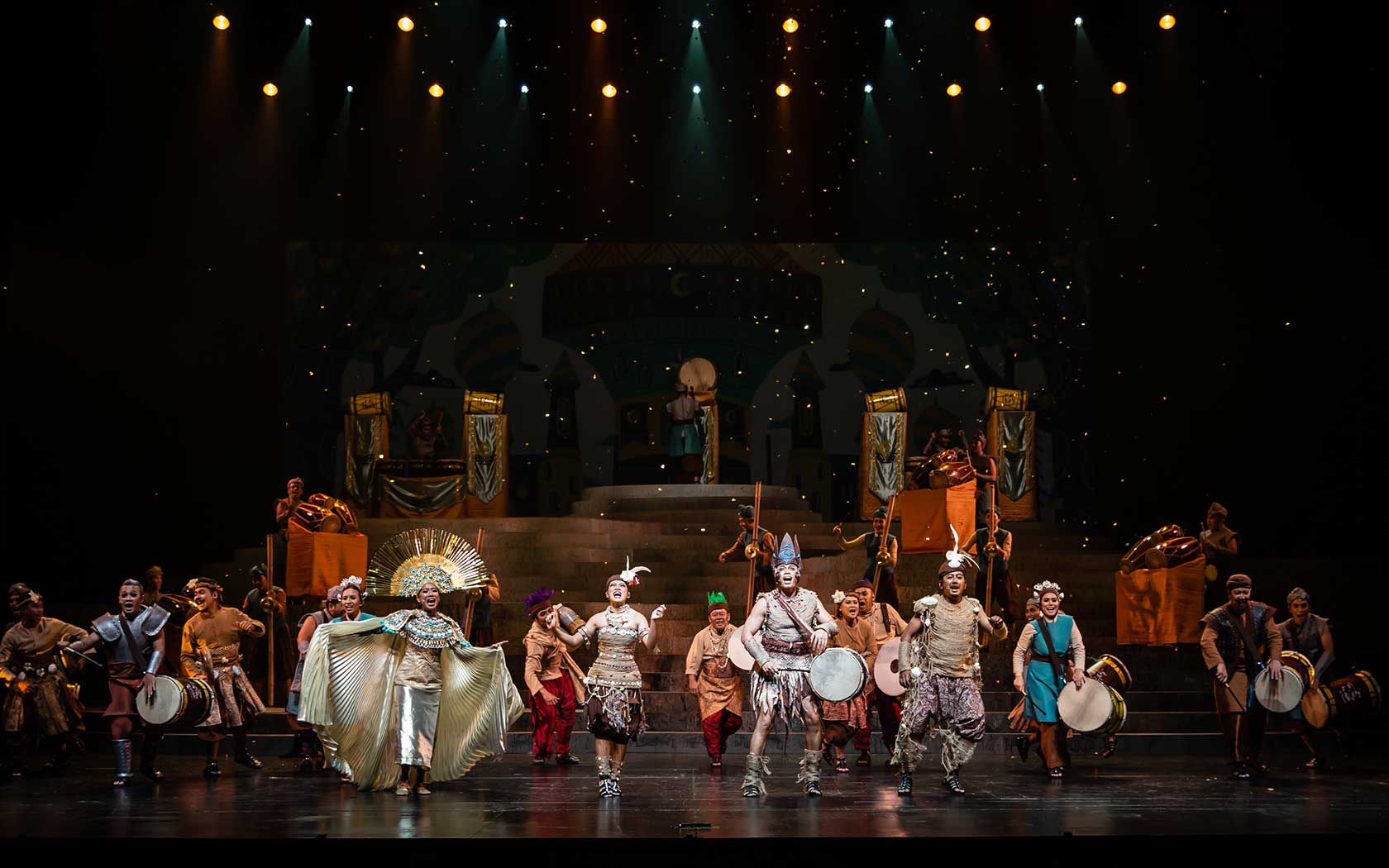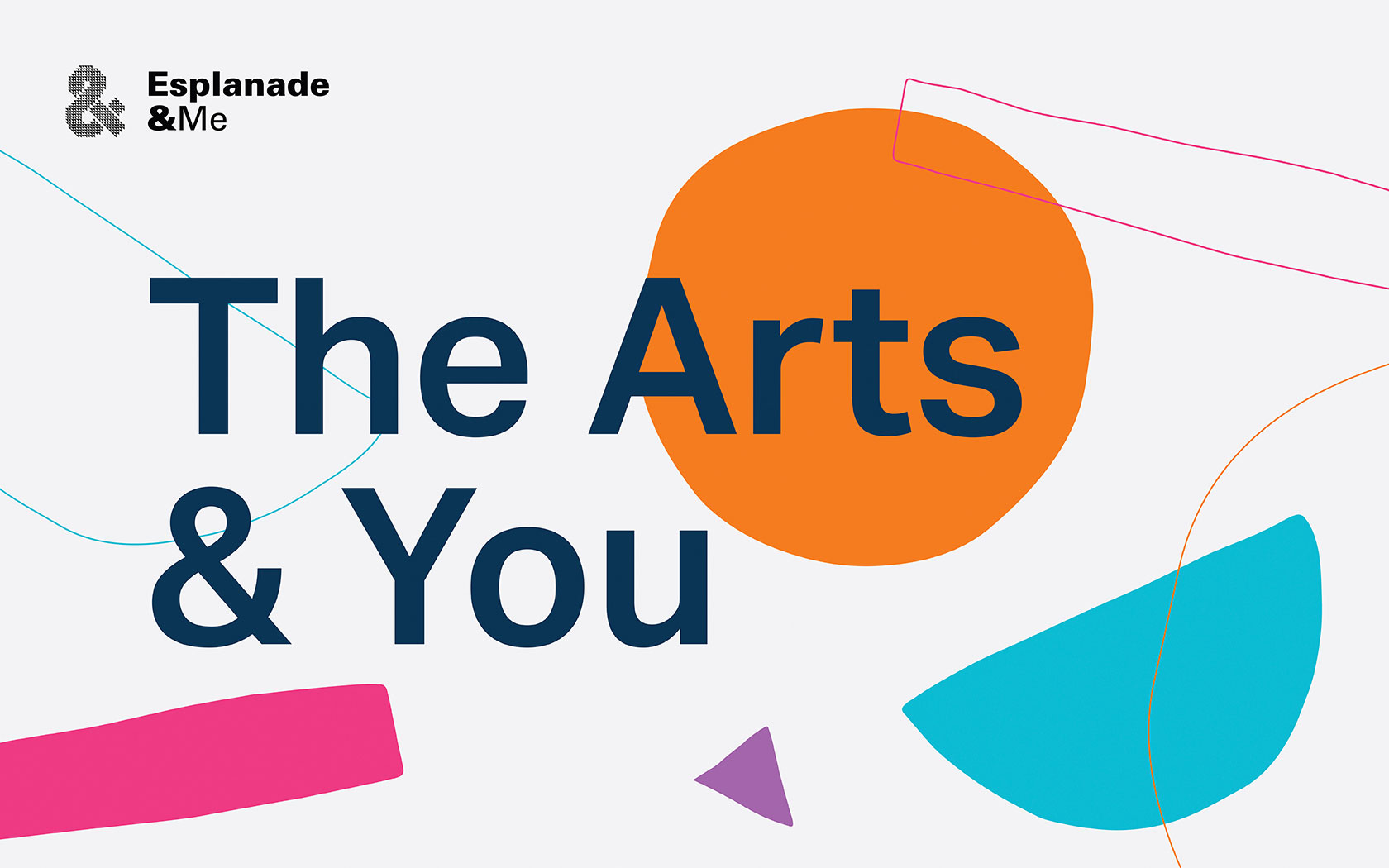We use cookies to improve your experience on our site. To find out more, read our data protection and cookie policy. By using our site, you agree to our use of cookies. Close to continue browsing.
Esplanade Presents
Nava Nartanam – 9 emotions of dance
21 Jul 2023, Fri, 8pm
22 Jul 2023, Sat, 8pm
23 Jul 2023, Sun, 3pm
(Intermission: None)
Esplanade Theatre Studio
This event is over.

This event is over.
Nava Nartanam – 9 emotions of dance is a spectacle that stages the nine rasas through dance, drama, music, lights, and colours. Each rasa is brought to life through stories portrayed by dancers. Accompanied by live music performed by Singapore artists, each rasa takes center-stage and evoke the senses and emotions of the audience.
Love: Shringara
Referred to as the mother of all rasas, Shringara rasa refers to love. According to Natyashastra, both male and female characters are behind the outcome of Shringara rasa. The presentation of Shringara rasa in dance is by means of gestures through clever and significant glances of the eyes, and movements of the eyebrows and limbs. Shringara rasa connects and allows us to experience divine love.
Joy: Hasya
Hasya rasa refers to happiness and manifests as laughter, a sense of humour and feelings of joy. Happiness makes us forget everything and relieves us of any stress and worries. Depicted in dance through relaxed, open-mouth laughter, happy and light-weighted movements, and expressions of joy, Hasya can foster cooperation, even among enemies. It is a state of mind that keeps us content, a joy that comes from within.
Wonder: Adbhuta
Adbhuta rasa invokes awe—a powerful but rare experience characterised by bright eyes, dropped jaw, and goosebumps. We are left awestruck when we immerse ourselves in the wilderness of nature, listen to a mesmerising musical composition, or encounter beauty beyond imagination. Awe reminds us of our limitations and ignites modesty, devotion, and gratitude. It fuels our fascination and pushes us to experience life as an adventure.
Peace: Shantam
Shantam rasa corresponds to the feelings of peace and tranquillity. Embodied by closed eyes, relaxed face, and gently closed lips, peace is experienced as ease and contentment. We feel deep calmness and relaxation, while we are at peace. Shantam is the complete harmony between the mind, body and universe.
Anger: Raudra
Raudra rasa or fury is an intense display of anger characterized by glaring eyes, lowered brows, and flared nostrils. As a property of fire, a moment of anger could destroy a lifetime of goodwill and relationships. Constructive rage, on the contrary, can fight social evils and overthrow oppressive powers.
Courage: Veeram
Veeram is a powerful experience of heroism. Heroism lies in enthusiastically helping others despite its cost (Dana Veera), in protecting others even if they are strangers and enemies (Daya Veera), and in acting with conscience regardless of self-interest (Dharma Veera). Prideful eyes, flared nostrils, and an erect head radiate the energy, determination, and perseverance of the Veeram rasa.
Compassion: Karuna
An emotion that is invoked by anguish or pain or sorrow, Karuna is also associated with sadness. It is a bridge that connects us all, helping us relate to each other’s life situations and empathise with each other. The feeling of tragedy and despair, heartbreak, sorrow caused by parting with a lover, the suffering caused by the death of a loved one are all karuna. It is signalled through oblique eyebrows, pulled-down lips, and often a downward gaze.
Fear: Bayanakam
Associated with fear, worry, insecurity or self-doubt, Bayanakam is a feeling evoked while facing something that is more powerful than oneself. It is also a feeling of despair and helplessness we could feel in a situation beyond control and is characterised by raised eyebrows, contracted eyelids, and a mouth pulled sideways.
Disgust: Beebhatsam
Beebhatsam characterises a judgemental mind, that indulges in self-pity, loathing and self-hatredness. The emotion of disgust or dissatisfaction with oneself and others are felt when one experiences this rasa. Vulgar and uncivilised acts, using of unsavourywords and bad manners evokes Beebhatsam and is depicted in dance through a raised upper lip, wrinkled nose, and flared nostrils.
There will be a post show dialogue after the performance.
Usharani Maniam Dance Academy
Usharani is a graduate of the Bhaskar’s Academy of Dance. Early in her career, she was recognised as a child prodigy and received a gold medal award from the Mayor of Penang. Having performed before foreign dignitaries, at temples, on television and at special events, she soon became a household name. This culminated in her being awarded the title “Jewel of Dancers” in 1971 by the Indian Movie News Club. She was also part of Singapore’s National Dance Company.
As a dance tutor and choreographer, Usharani came into her own, preparing students from Singapore’s Primary and Secondary schools for participation in the Singapore Youth Festival, with many of the items being awarded Gold. She has also taught in a number of community centres. Usharani Maniam had choreographed many dance dramas for children’s programmes on television. She had also choreographed and presented four productions: Shivautsavam (2000), Shakuntala (2005), Aalaya Maha Utsavam (2015) and Natpu (2018). For her outstanding contributions, Smt. Usharani was awarded the following titles:
Jewel of Dancers by the Indian Movie News Club, Nritya Kala Nipuna by Nrityalaya Aesthetics Society, Natya Kala Mani by Sri Bala Subramaniam Temple, Singa Gama Award-in recognition of Life Achievement/Contribution to Classical Indian Dance, 20-year Long Service Award by the People’s Association and most recently, the title Natya Archariya Mani by Apsaras Arts.
21 Jul 2023, Fri
8pm
22 Jul 2023, Sat
8pm
23 Jul 2023, Sun
3pm
| Standard | Students, NSFs, Seniors & PWDs |
|
| Price | $30 | $24 |
Esplanade&Me Early Bird Specials
(9 – 11 May, limited tickets)
Black: 20% savings
White: 20% savings
Discover: 10% savings
Esplanade&Me Specials (limited tickets)
Black: 15% savings
White: 10% savings
Discover: 10% savings (Package of 2)
School Special: $22
(limited tickets)


Become a member

Great arts experiences begin with Esplanade&Me. Join this membership to enjoy ticket specials on shows at Esplanade, early bird specials, promotions at Esplanade Mall, unlimited access to Offstage and more.

Never miss a show again. Get on our mailing list.
- Nava Nartanam – 9 emotions of dance










